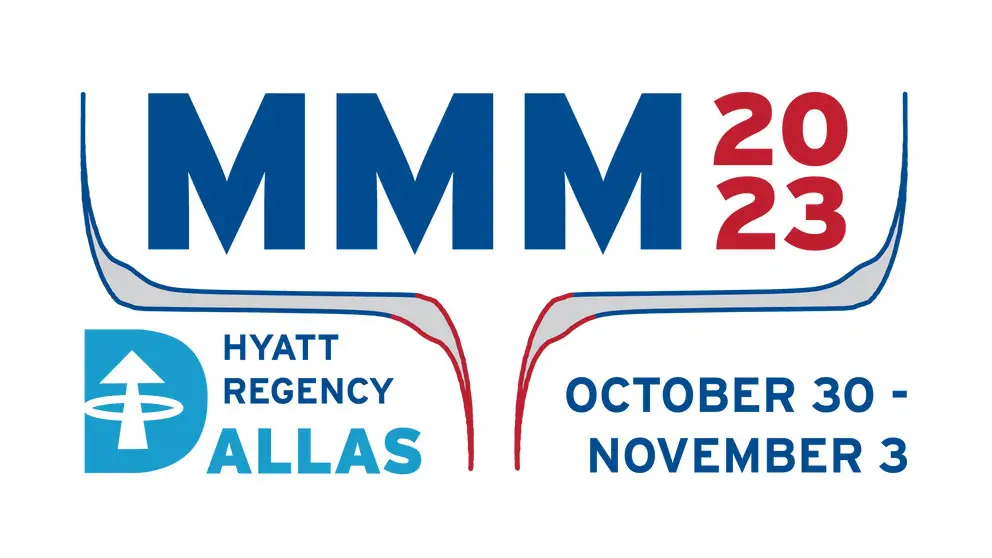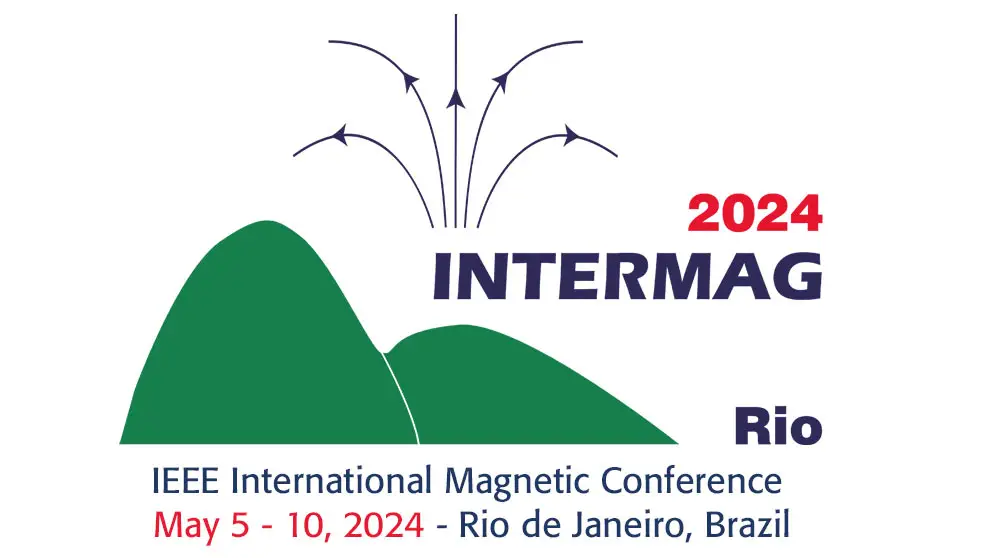VP12-11: Research on the Relationship between the Distribution of High-Permeability Materials of Rotors and Characteristics of Magnetic Field in Machines
Xiaoyu Liang, Mingqiao Wang, Ping Zheng, Jialin Gao, Wanquan Li
Poster Virtual Only
03 Nov 2023
Synchronous reluctance machine (SRM) can achieve high torque-density and low torque ripple through reasonable design in reluctance machine. Compared with permanent magnet synchronous machine, SRM does not need expensive permanent magnet and has low cost. However, the rotor of SRM with many structural parameters is complex, and the design takes a long time. Many problems about the design and optimization of SRM have been studied and analyzed to improve the design efficiency and performance. [1] The magnetic barrier limits and guides the direction of the flux in machine. The width, start and end of magnetic barrier affect the modulation effect of the magnetic conductivity harmonic of rotor on the magnetomotive force of winding. The magnetic field harmonics, torque characteristics, loss, and other performances of machine will change as the rotor structure with above different parameters changes. Take conventional SRM as an example for analysis, as shown in Fig. 1. The energy conversion principle of machine with saliency can be obtained by using the energy method. Under the action of magnetic barrier with four shapes, the magnetic fields are shown in Fig. 2 (a), (b). The magnetic field distribution at d- and q-axis are basically consistent under magnetic barrier of different shapes. This indicates that when the load does not saturate the iron corn, the shape of the magnetic barrier does not affect the distribution and harmonic of the magnetic field, which is mainly related to the starting and ending positions of the magnetic barrier. Considering the influence of different loads, the design rules and constraints for the shape of magnetic barrier can be given. The influence and rules of magnetic barrier with different spatial distributions on harmonics of magnetic field is analyzed. As the number of magnetic barrier layers increases from 1 to 3, the growth rate of the maximum of difference between the d- and q-axis magnetic fields slows down, which can be quickly obtained by analyzing model. So, design efficiency and performance of SRM will be improved.References: [1] Y. Bao, M. Degano and S. Wang, et al., "A Novel Concept of Ribless Synchronous Reluctance Motor for Enhanced Torque Capability,” IEEE Trans. Ind. Electron., vol. 67, no. 4, pp. 2553-2563 (2019)


